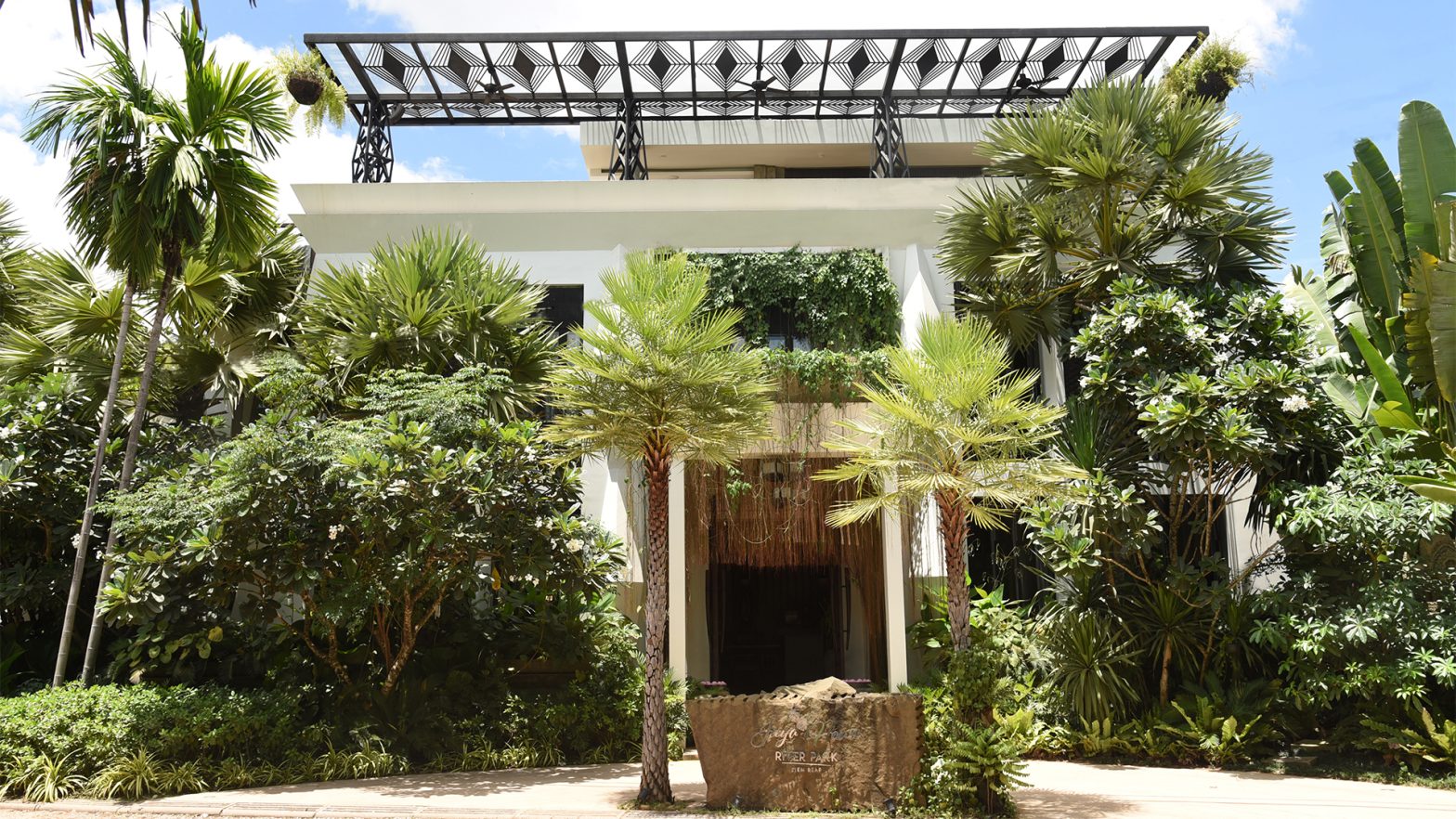While the UK and the US continue to experience rampant inflation, rising interest rates as well as the lingering threat of a recession, the global luxury goods market continues to showcase robust strength.
In fact, this lucrative market is poised to grow by 21% through 2022, reaching an impressive €1.4 trillion in the process. The personal luxury goods market is expected to grow by 22% to €353 billion during the same period, with this trend largely sustained by the wealth of high-end customers and how this is largely unaffected by a burgeoning recession.
But why is this the case, and are there clouds on the horizon? We’ll explore these ideas further in the article below.
Why are Luxury Customers Less Affected by Rising Inflation?
While there’s a growing sense that inflation may have already peaked in the US and UK, the damage that has been incurred through 2022 has already precipitated the onset of a global recession.
In the UK alone, inflation peaked at a 40-year high of 11.1% in October, with the cost of living (including essential goods and services) continuing to spiral at a disproportionate rate to earnings and savings.
This is despite the ongoing base rate hikes in the UK, as while these are being enacted to combat rising inflation and increase the value of savings, they’re also having the short-term impact of lifting the cost of borrowing and making the upcoming recession potentially more damaging.
Of course, this affects poorer households and citizens more than their more affluent peers, with the latter having accumulated large stores of wealth that are usually spread across a broad and diverse range of assets. This includes secure stores of wealth like bonds, cash and gold, which are known to provide a safe haven during periods of recession and enable investors to maintain their wealth regardless of the wider economic climate.
This reflects how wealthy individuals and typical luxury customers benefit from financial planning, which helps them to simultaneously minimise their exposure to risk and pursue optimal returns over time.
What’s the 2023 Outlook for Luxury Goods?
While such trends may have underpinned robust luxury goods growth through 2022, the fact that developed economies are facing extended periods of recession could challenge this status quo next year.
In fact, the UK may well have embarked on five consecutive months of negative economic growth and a sustained recession through 2023, with the subsequent impact on businesses and stocks potentially dragging down equities and luxury demand over time.
The market may also face more universal challenges from more general luxury consumer trends, as Millennials and Gen Z become increasingly influential and place a different set of demands on brands.
For example, Millennials and their younger counterparts are considered to be value-based shoppers, so it will be harder to charge a luxury premium based on a brand name alone.
Similarly, they crave brand authenticity and innovation (some 78% of luxury consumers now cite a company’s commitment to the latter as a key purchase driver), so brands will have to pay attention to these factors as part of their identity and product offerings.
It’s imperative that luxury brands adapt to this through 2023 and beyond, particularly as the UK and global economies prepare themselves for a prolonged and harmful economy.












































